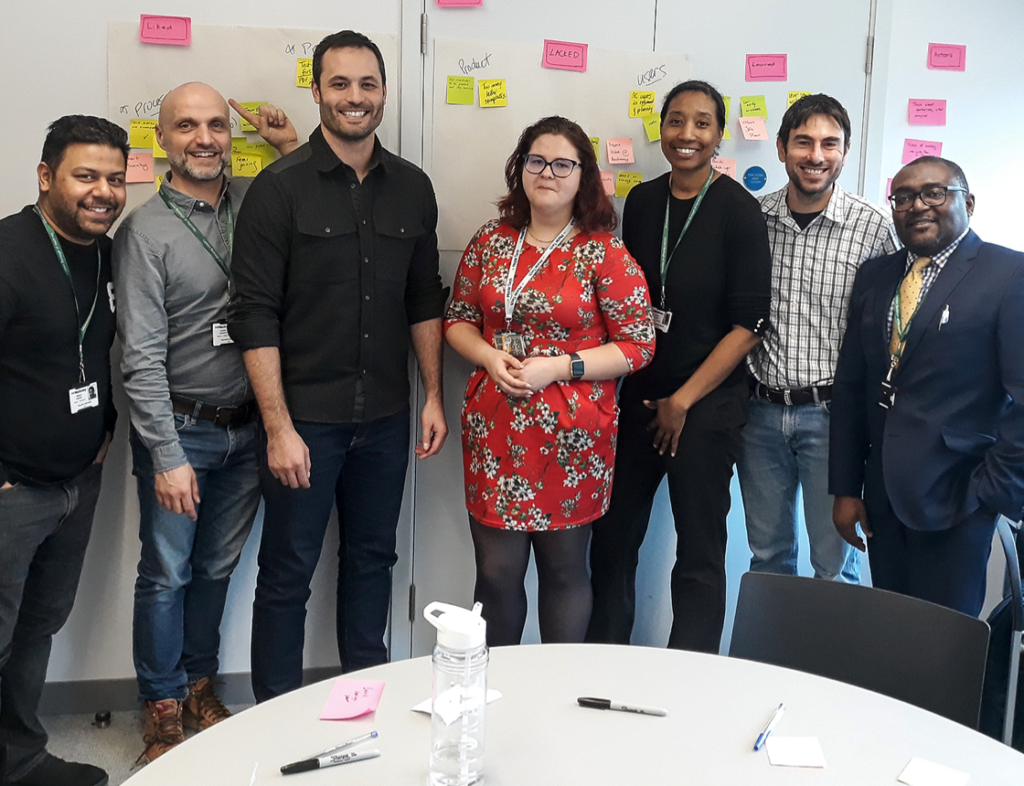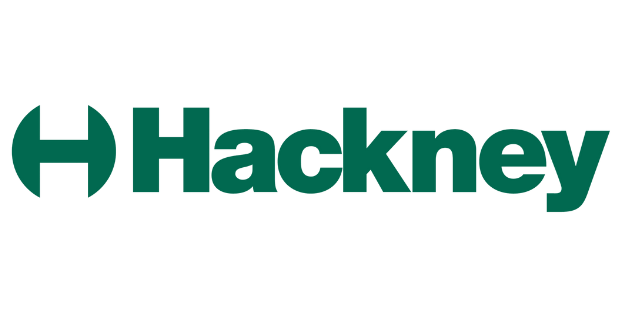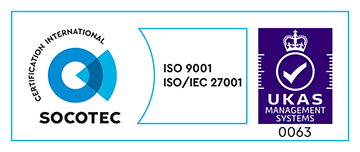Challenge
With secure tenant arrears increasing, Hackney Council needed people to pay for their social housing. However, they knew that reclaiming arrears through the courts might cause some people to become homeless. Therefore they wanted a case management service that would help them to collect rent and support vulnerable residents.

Our approach
Housing staff had no way of prioritising arrears cases as they were relying on legacy technology with clunky workarounds. We realised that, if we could help them to prioritise, they could act fast and collect rent arrears without the case going to court. Therefore, we undertook a quick alpha to look at existing data and prioritise arrears cases.
We created a custom algorithm for prioritising cases, so case workers could help struggling tenants. We also enabled the team to adopt GitHub as a way of publicising their open source code and introduced Ruby on Rails as a new, easily supported web application framework. Finally, we integrated with the Gov Notify messaging platform, which freed up housing staff’s time by automating texts, letters and email notifications.
Made Tech has met and exceeded all the standards we set for a technology supplier. Myself and my team are really happy with the work they have done.
Matthew Cain
Head of Digital and Data, Hackney Council
Results we achieved together
As a result of the digital service we delivered, Hackney Council’s housing department was able to reduce the 5 minutes it would take to produce a ’Stage 2’ letter to 0 minutes with automation. With over 12,000 letters being sent out per year, that means this process saves the department 1,000 hours each year.
The automation it introduced freed up case workers’ time so they could spend more of it helping the vulnerable. In terms of technology, the digital service was built so the customer-facing front-end of the application was separated from the data and business logic through a series of reusable APIs.
- Reduced process inefficiency from 5 to 0 minutes
- 1,000 hours freed up to help vulnerable residents
- Project now in its fourth development phase
- GitHub and Ruby on Rails introduced
- Integration with the Gov Notify platform
- Custom algorithm for case prioritisation
Councils are continuing to lead in using technology and digital tools and approaches to improve citizen service and overcome the challenges they face.
From the Local Government Association’s Transforming Local Services
Related services
We support you at every point in the delivery lifecycle, right from defining the problem right through to the live services that solve them.
We support you at every point in the delivery lifecycle, right from defining the problem right through to the live services that solve them.








